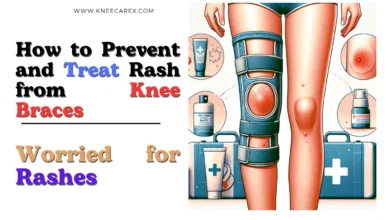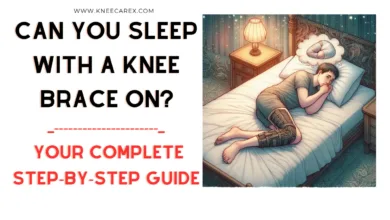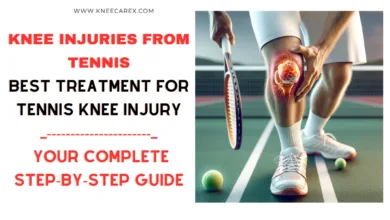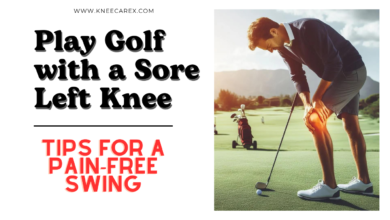Bikers Beware: The Most Common Knee Injuries in Motorcycle Accidents
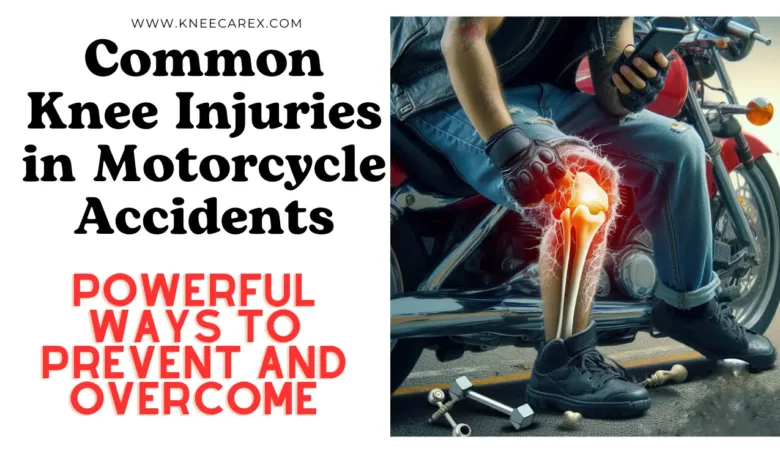
There’s a thrill to the hum of the engine, the rush of wind, and the freedom that comes with riding a motorcycle. But, hidden beneath this exhilarating experience lies an often-underestimated risk – Knee Injuries in Motorcycle Accidents. Knee injuries are one of those unwelcome guests that no rider wants to encounter but unfortunately are all too common when things go awry on the road.
Imagine riding down your favorite stretch of open highway – The sun is shining, your motorbike is purring beneath you, and then suddenly; screeching brakes, blaring horns, and an unavoidable split-second collision. This scenario leads many riders into an unwelcome world of pain and recovery due to knee injuries sustained in motorcycle accidents. Let’s delve into this shadowy side of motorcycling and explore some of these most common injuries – their causes, impacts, prevention measures – everything you need to know as a responsible rider.
Contents
- 1 What’s the Big Deal with Knee Injuries in Motorcycle Accidents?
- 2 The Anatomy of a Knee Mishap
- 3 How do these injuries happen?
- 4 Prevention is Better Than Cure
- 5 Diagnosis and Treatment:
- 6 Getting the Right Diagnosis
- 7 Treatment and Recovery
- 8 The Road to Recovery
- 9 What’s Not in Other Blogs
- 10 Conclusion: Knee Injuries in Motorcycle Accidents
Latest Research on Knee Injuries in Motorcycle accident:
Advanced knee injury treatments and devices, such as stem cell injections and platelet-rich plasma therapy, are part of the advancements in orthopedics. These therapies lessen discomfort and encourage a quicker recovery. Modern rehabilitation technology, such as smart devices and wearable motion sensors, tracks patients’ movements and provides personalized training regimens and real-time feedback. These developments give optimism for better recovery results and life quality.
What’s the Big Deal with Knee Injuries in Motorcycle Accidents?
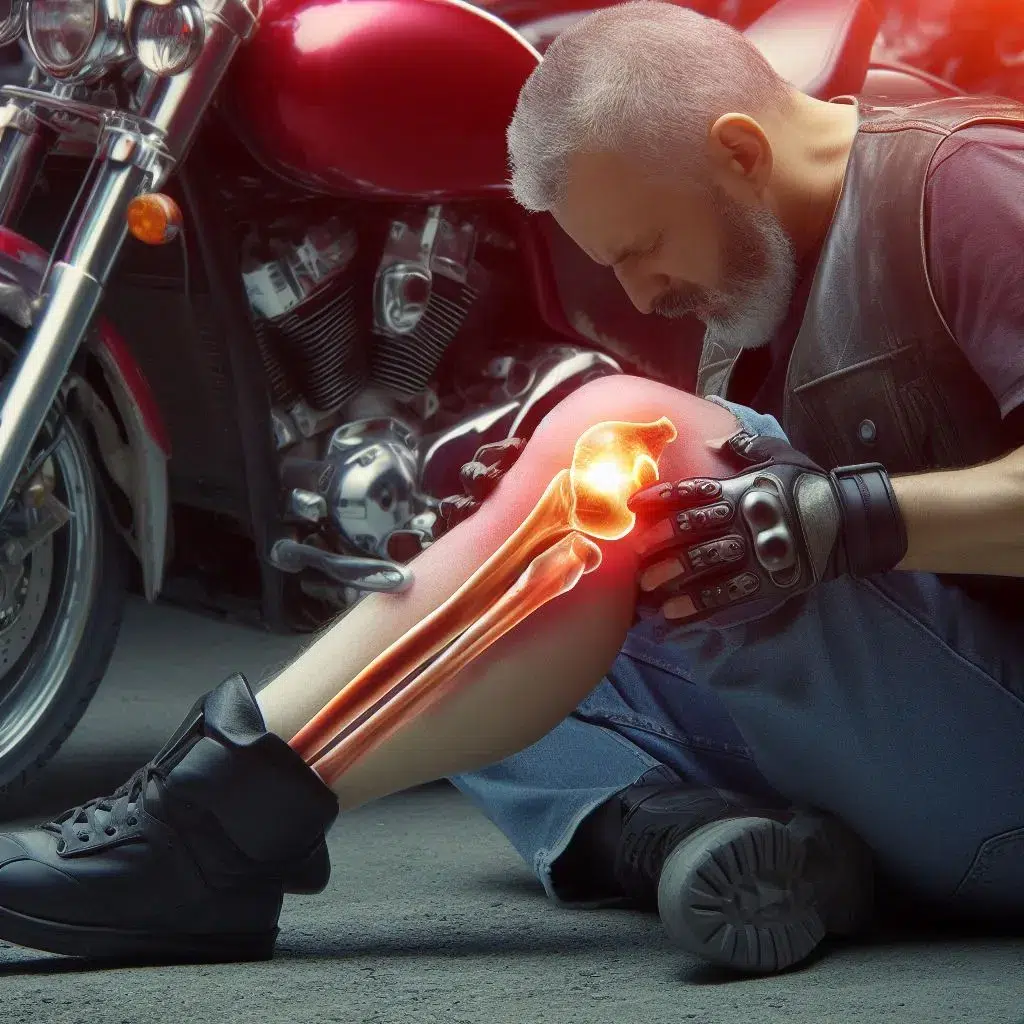
The Anatomy of a Knee Mishap
Due to direct impact and twisting pressures, the knee, a vital joint for human motion, is especially prone to injury in motorcycle accidents. Knee accidents can harm tendons, ligaments, cartilage, or bone. For thorough medical care, comprehending the anatomy of these injuries is essential. Comprehensive diagnostic techniques, such as magnetic resonance imaging and orthopedics exams, are required to comprehend the long-term consequences of these injuries.
Knee Anatomy 101:
The knee joint, which consists of the patella, tibia, and femur, is a sliding/gliding joint for rotational movements and a hinge joint for back-and-forth motion. Menisci, shock absorbers, and a complex web of ligaments, including the posterior cruciate ligament (PCL) and anterior cruciate ligament (ACL), are all present. Although these parts enable the knees to operate, they also increase their susceptibility to damage in high-impact scenarios.
Impact and injury:
Severe knee injuries from motorcycle crashes can include broken bones, dislocated kneecaps, and torn ligaments. These wounds frequently necessitate surgery and recovery, interfering with day-to-day activities and producing chronic pain. Chronic pain and arthritis can develop from even little injuries, highlighting the importance of timely medical attention and thorough follow-up care.
The Usual Knee Culprits Motorcycle accidents frequently result in knee injuries, with meniscal tears, patellar fractures, and ACL tears being the most common causes. Increased awareness and preventive efforts are necessary because these injuries result in bodily pain as well as mental and financial misery. Riders may reduce risk and prioritize road safety by being aware of these factors and taking proactive measures to address them.
Fractures:
Although knee fractures from motorcycle accidents are sometimes disregarded as minor cracks, they can have a complicated effect on a person’s health and quality of life. They result in short-term discomfort, restricted movement, and long-term difficulties, including healing and an increased risk of arthritis and chronic pain. The psychological cost of rehabilitation is high and necessitates extensive understanding and assistance.
Ligament Tears:
One commonly disregarded side effect of knee injuries sustained in motorbike accidents is ligament rips. These tears may impair mobility, result in emotional and mental suffering, and cause physical pain. Recovery from ligament rips takes persistence, patience, and expert advice. A comprehensive strategy that addresses mental health concerns can assist people in regaining their emotional and physical fortitude.
Meniscus Tears:
Meniscus tears, frequently associated with sports-related injuries, can also happen in motorbike collisions. These tears, which can vary in size from simple partial tears to intricate full-thickness tears, can result in discomfort, edema, and restricted movement. The range of available treatments has expanded, with promising non-surgical alternatives such as regenerative medicine and physical therapy. Meniscus tear rehabilitation does not always equate to full recovery.
How do these injuries happen?
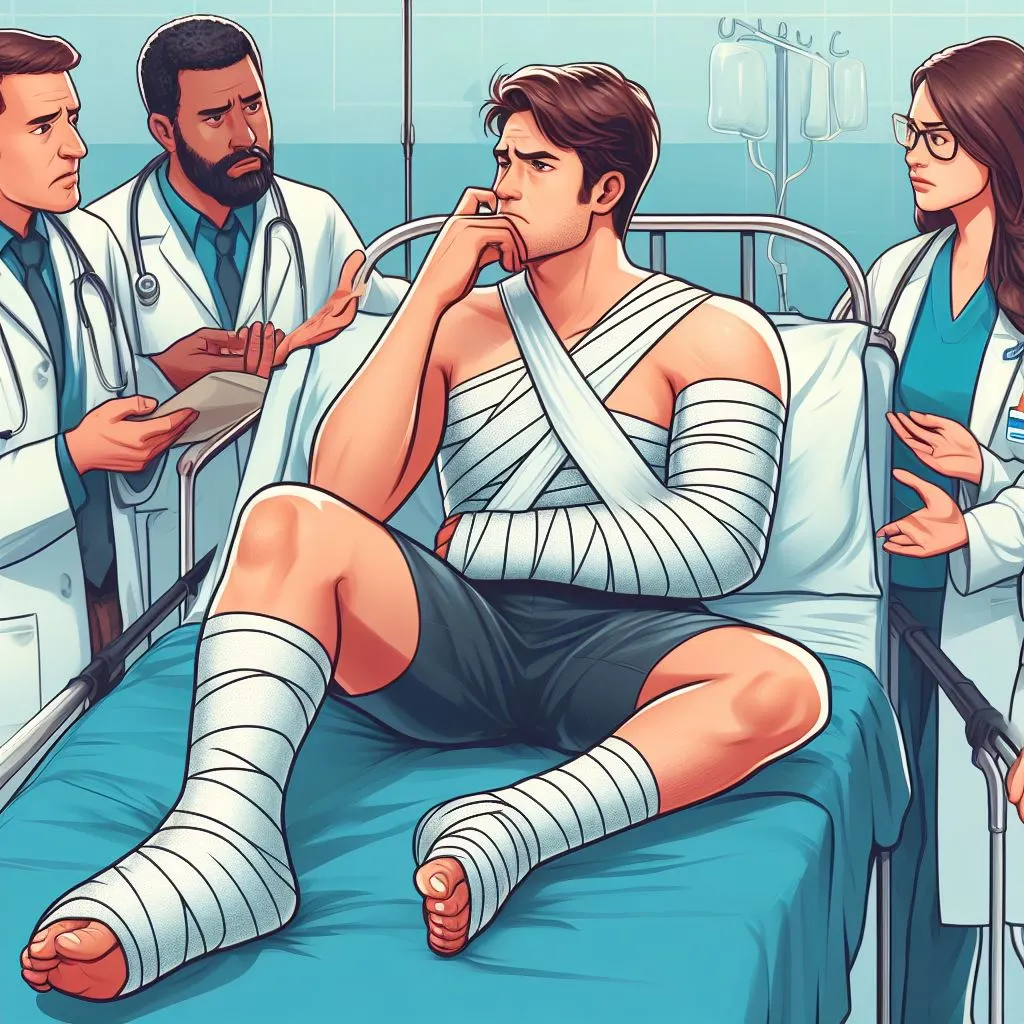
Spills and Thrills:
Severe knee injuries might result from spills and thrills frequently occurring in motorbike accidents. While thrills can increase the likelihood of careless actions and crashes, spills can seriously injure the joint. By being aware of these typical situations, one can highlight how crucial protective equipment and skillful riding are in reducing the risk of knee injuries on treacherous roads.
Not Just Speed Demons:
Despite their speed, motorcycle accidents can seriously injure the knee, resulting in meniscus injuries, ligament rips, and long-term problems with mobility. These injuries are modest, which can lead to a delay in diagnosis and treatment, chronic discomfort, and long-term mobility problems. After any on-road event, it is critical to recognize the possible severity of knee injuries in order to obtain complete medical care.
Prevention is Better Than Cure
For motorcycle riders, prevention is critical, particularly when avoiding knee injuries. Knee injuries can be prevented by purchasing protective equipment, engaging in regular strength and flexibility exercises, and paying attention to the state of the roads. Steering clear of such risks and using defensive riding techniques can also help reduce the chance of significant accidents. Stressing these precautions encourages well-being and safety.
Gear Up:
Purchasing knee guards and protective trousers of superior quality is essential in the event of a motorcycle accident. These items offer comfort for extended rides in addition to impact protection. Maximal safety is ensured by investing in solid structures and cutting-edge impact prevention. Selecting dependable equipment reduces risks and maximizes rider enjoyment by balancing comfort and safety.
Ride Smart:
Put safety first and get high-quality protective clothing, such as helmets, gloves, jackets, trousers, and boots, if you want to remain upright on two wheels. Check your motorcycle’s fluid levels, tires, brakes, and lights regularly. To lower the chance of accidents, use protective riding practices and maintain your attention. Recall that there are benefits and risks associated with motorcycling.
Diagnosis and Treatment:
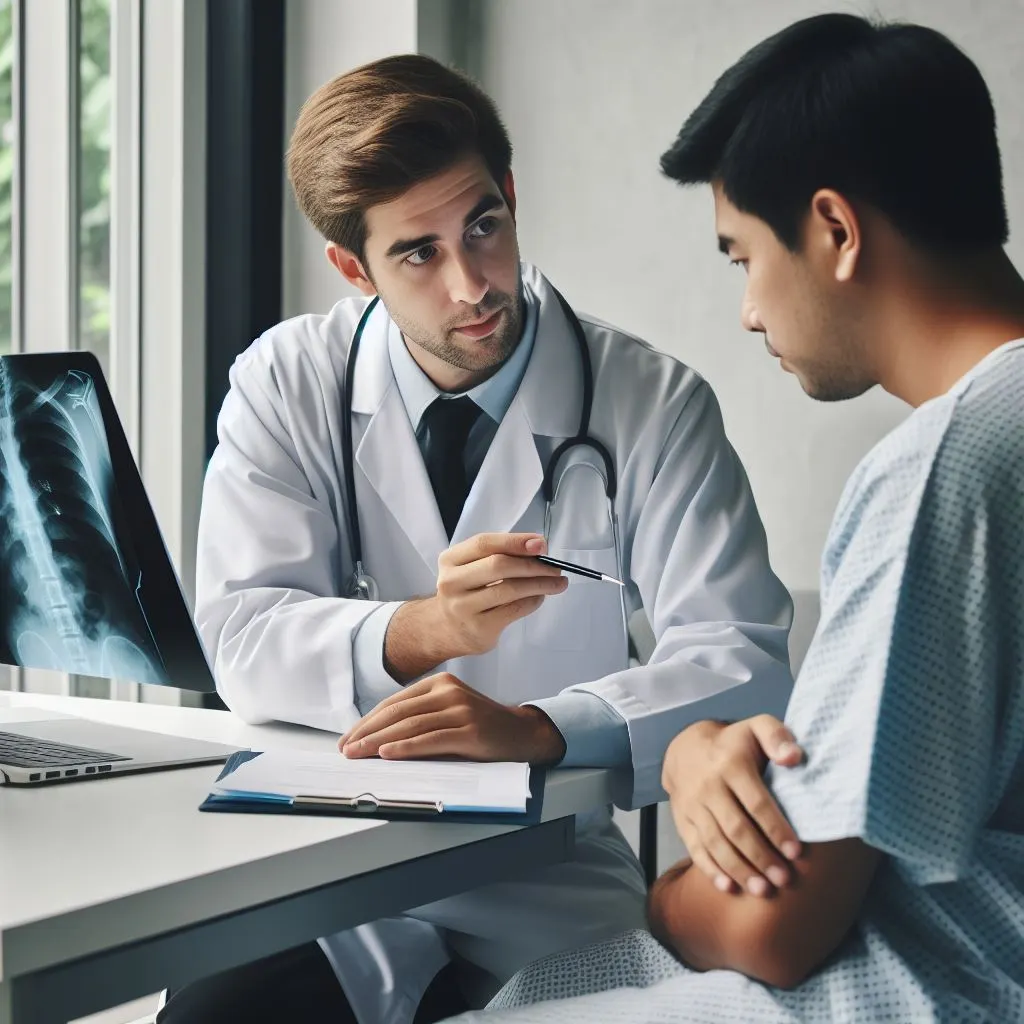
Getting the Right Diagnosis
Knee injuries from motorbike accidents need to be thoroughly evaluated by medical professionals. Getting various opinions and diagnostic imaging is essential to guaranteeing an appropriate assessment. Inappropriate or postponed treatments can result from a misdiagnosis. Patients should speak up for themselves during the diagnosis by getting second opinions and working with medical professionals. Setting a high priority on a precise diagnosis guarantees successful treatment plans and hope for recovery.
Doctor’s Visit:
Preparing for a doctor’s appointment is essential to obtaining test results, injury information, and a medical history for an appropriate diagnosis. Pre-recording questions and symptoms facilitates the testing process. Making educated selections requires asking questions and getting clarification on treatments. Being honest about worries enhances mental health and involvement in the medical process. Regaining control over your health is facilitated by effective communication with doctors.
Tests and scans:
Thanks to developments in medical technology like computed tomography, doctors can now diagnose knee problems using CT and magnetic resonance imaging (MRI). Treatment regimens can be customized because of the level of damage these non-invasive imaging procedures show. This knowledge of knee injuries is essential for thorough therapy following motorbike collisions, accelerating recovery, and reducing chronic issues.
Treatment and Recovery
It’s essential to comprehend several treatment options for knee injuries sustained in motorcycle accidents, including physical therapy, bracing, and surgery. Holistic practices, like yoga and acupuncture, can accelerate healing. Regaining mobility and returning to active lifestyles requires a multifaceted approach that includes counseling, mindfulness exercises, mental health help, and a support network.
First Aid:
Prompt first aid is essential for knee injuries sustained from riding a motorcycle. Use crutches or other assistive equipment, elevate the leg above heart level, administer ice, keep the weight off, and stabilize the knee with a splint or wrap. These steps can lessen the likelihood of additional harm and increase recovery chances. Taking proactive steps can also aid in preventing the injury from getting worse.
Medical Treatments:
Surgical procedures and continuous physical therapy are two medical therapies for knee injuries sustained in motorbike accidents. Injuries to cartilage, ligaments, or tendons can be fixed with sophisticated methods like arthroscopic surgery. Physiotherapy helps patients regain strength and mobility after surgery. New advances in regenerative medicine, such as stem cell therapy and platelet-rich plasma injections, provide non-surgical alternatives and improve healing results. Patients with knee injuries have several options for therapy as long as medical progress continues.
Home Care:
Recovery Homemade remedies for knee injuries following motorbike collisions include regular exercise, using cold packs or ice packs, rest and elevation, incorporating anti-inflammatory foods like omega-3 fish, turmeric, and ginger, and applying supportive braces or compression sleeves. These do-it-yourself techniques speed up healing and give you a sense of control over the process, promoting overall well-being.
The Road to Recovery
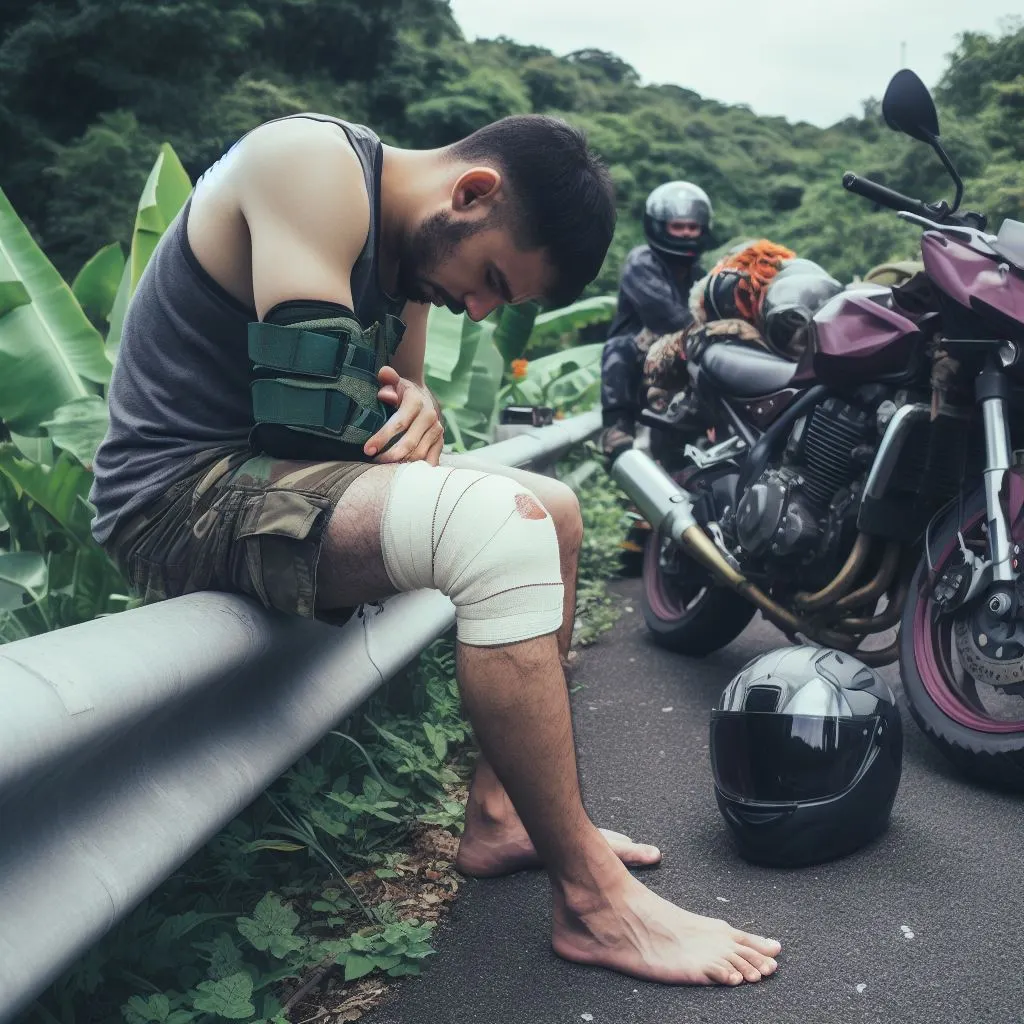
Physical Therapy:
Regaining mobility after a motorbike accident can be difficult, particularly if you have knee problems. Exercises that strengthen and stabilize the knee joint, increase flexibility, and lower the risk of reinjury can all be incorporated into physical therapy to help. Reintroducing cycling motions to the body gradually can be achieved using a stationary bike in treatment.
Mental Health:
A person’s mental health can be significantly impacted by motorbike accidents, which can result in PTSD, anxiety, and overwhelming feelings. Individuals impacted must get expert assistance to manage their mental health and physical recovery. These mental obstacles can be surmounted with the use of coping strategies, including counseling, support groups, and mindfulness exercises. Exercise and art therapy are two more activities that might help build mental resilience.
What’s Not in Other Blogs
A lot of blogs about knee injuries from motorbike accidents only address the physical healing process, ignoring the psychological and emotional effects. The injured person and their support system must comprehend the dread, worry, and maybe PTSD connected to such injuries. Most blogs neglect to discuss the long-term financial effects, emphasizing the need for helpful guidance.
Conclusion: Knee Injuries in Motorcycle Accidents
In conclusion, knee injuries are a common and significant outcome of motorcycle accidents. Whether it’s a minor sprain or a severe fracture, the impact on an individual’s mobility and quality of life can be substantial. It is crucial for riders to prioritize safety by wearing appropriate protective gear and practicing defensive driving techniques. Additionally, prompt medical attention and rehabilitation are essential in managing knee injuries effectively. By raising awareness about the risks and consequences of knee injuries in motorcycle accidents, we can work towards creating safer road environments for all riders. Let’s continue to advocate for responsible riding and support measures that promote injury prevention and recovery.
